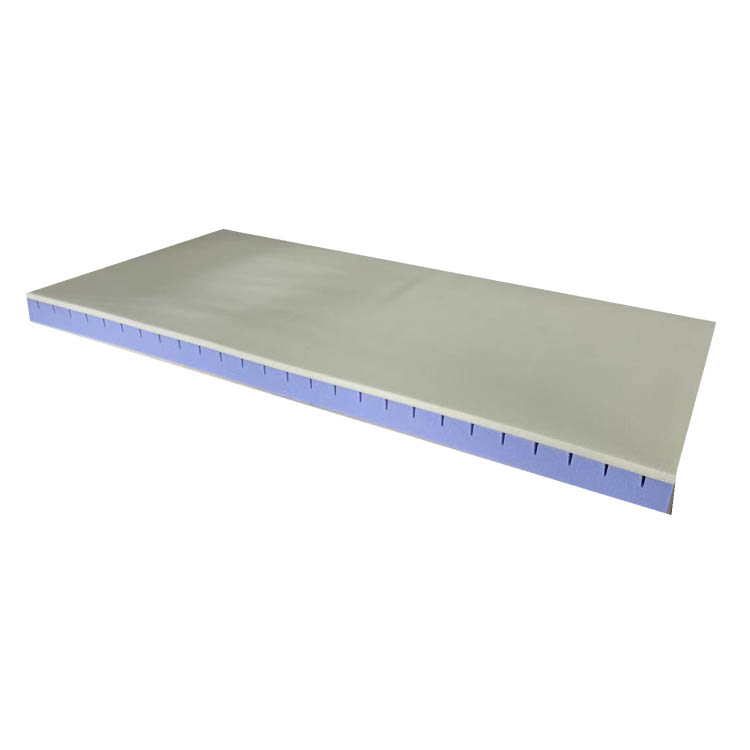best pressure injury care
Best Practices for Pressure Injury Care
Pressure injuries, also known as pressure ulcers or bedsores, are a significant concern in healthcare settings. They can lead to severe complications, prolonged hospital stays, and increased healthcare costs. Effective prevention and management of these injuries are crucial for improving patient outcomes. This article outlines best practices for pressure injury care, focusing on prevention, early detection, treatment, and education.
1. Understanding Pressure Injuries
Pressure injuries occur when there is prolonged pressure on the skin, particularly over bony areas. This pressure restricts blood flow, leading to tissue damage that can range from mild redness to deep tissue necrosis. Common risk factors include immobility, poor nutrition, moisture, and medical conditions that affect blood flow or sensation.
2. Prevention Strategies
The best way to handle pressure injuries is through prevention. The following strategies can help reduce the incidence of pressure injuries
- Regular Risk Assessment Implement standardized assessments such as the Braden Scale to identify patients at risk for pressure injuries. These assessments should be conducted upon admission and regularly during a patient’s stay.
- Positioning and Repositioning Patients should be repositioned at least every two hours to relieve pressure on vulnerable areas. Use of specialty mattresses, cushions, and positioning devices can further alleviate pressure.
- Skin Care Keep the skin clean, dry, and lubricated. Moisturizers can help prevent dry skin, while barrier creams can protect against moisture-related injuries. Regular inspections of the skin, especially in high-risk areas, are essential.
- Nutrition Ensure patients receive adequate nutrition and hydration, as good nutritional status supports skin integrity and healing. Consult a dietitian when needed to develop individualized meal plans.
- Patient and Family Education Educate patients and their families about the importance of pressure injury prevention. Teach them how to recognize early signs of skin breakdown and encourage them to participate in care routines.
3. Early Detection and Assessment
Prompt identification of pressure injuries is vital for effective management
. Healthcare providers should- Conduct Comprehensive Skin Assessments Regularly examine patients’ skin for any signs of pressure injuries. Early-stage injuries may appear as localized redness that does not blanch with pressure.
best pressure injury care

- Utilize Technology Consider using tools like digital monitoring systems that alert caregivers to changes in patient conditions or skin integrity, helping to promote timely interventions.
4. Treatment of Pressure Injuries
If a pressure injury does occur, prompt and effective treatment is essential
- Wound Management Clean the wound using saline or an appropriate wound cleanser. Debridement may be necessary to remove necrotic tissue, promoting healing.
- Dressings Use appropriate wound dressings based on the wound’s stage and condition. Hydrocolloid, foam, and alginate dressings can help maintain a moist wound environment and facilitate healing.
- Infection Control Monitor for signs of infection, such as increased redness, swelling, or purulent drainage. If infection occurs, consider appropriate antibiotic therapy.
- Multidisciplinary Approach Involve a multidisciplinary team, including nurses, doctors, dietitians, and physical therapists, to address all aspects of care and create a comprehensive treatment plan.
5. Continuous Quality Improvement
Healthcare facilities should commit to continuous improvement in pressure injury care
- Data Collection and Analysis Track occurrences of pressure injuries and analyze data to identify trends and areas for improvement. Implementing quality improvement initiatives based on this data can help reduce incidence rates.
- Staff Training Invest in regular training for staff on best practices for pressure injury prevention and management. Keeping abreast of the latest guidelines and innovations in care is essential.
- Patient-Centered Care Embrace a patient-centered approach that respects patients' preferences and involves them in their care decisions. Empowering patients can enhance their engagement in prevention strategies.
Conclusion
Pressure injuries are a serious but preventable issue in healthcare. By implementing best practices in prevention, early detection, treatment, and education, healthcare providers can significantly reduce the incidence and impact of these injuries. Committing to continuous quality improvement ensures that care remains effective and patient-centered, ultimately leading to better health outcomes for vulnerable populations.
-
Wave Mattress: An Innovative Care Solution for the Elderly and Bedridden PatientsNewsJun.11,2025
-
Wave Hybrid Mattress Circulation Improvement and Medical ConvenienceNewsJun.11,2025
-
Temperature Control Innovation of Gel Memory Foam MattressNewsJun.11,2025
-
Scientific Sleep Revolution of Coconut foam MattressNewsJun.11,2025
-
How to Choose the Best Gel Memory Foam Mattress for Your Sleep StyleNewsJun.11,2025
-
Application Value of Elasticity and Permeability in Coconut Fiber Foam MattressesNewsJun.11,2025
-
Why Wave Mattresses Are Essential for Elderly and Bedridden PatientsNewsMay.29,2025

